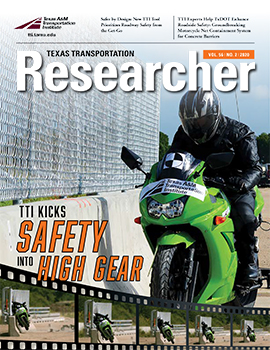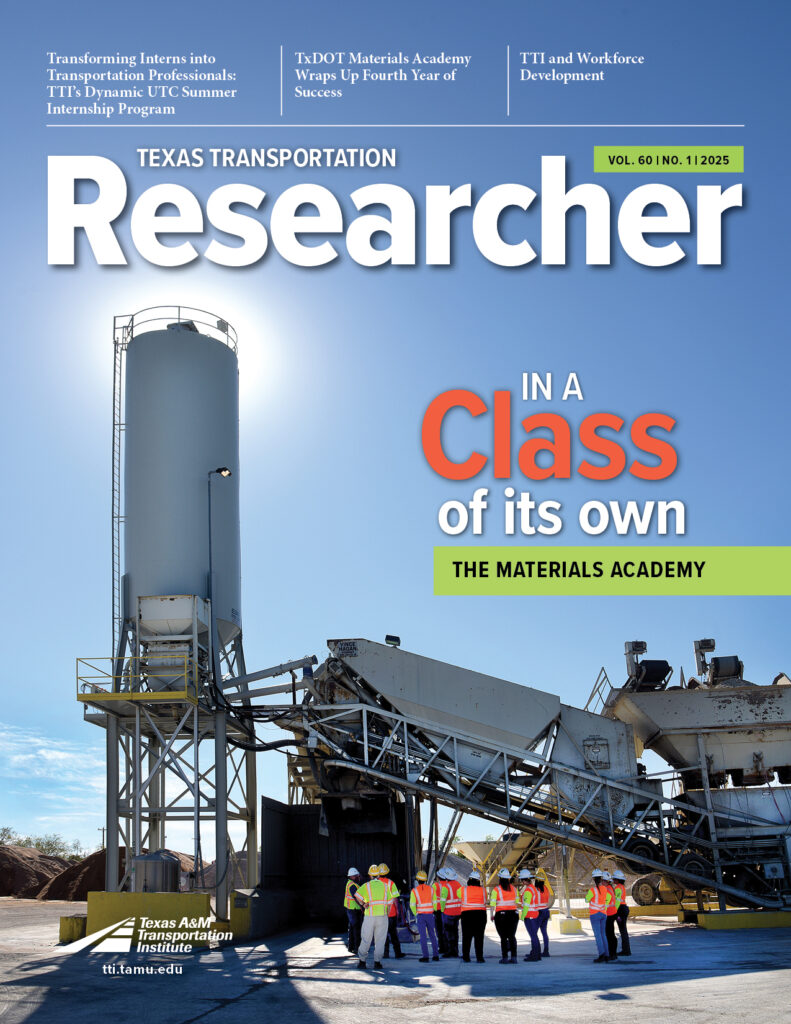The Last Stop with Greg Winfree: More than Meets the Eye — Expanding How We See Transportation Safety in a World with Pandemics
FROM VOLUME 56, NUMBER 2 (2020)


FROM VOLUME 56,
NUMBER 2 (2020)
We’ve survived viral threats before, but the COVID-19 pandemic will have long-lasting impacts felt on a global scale. Texas A&M Transportation Institute (TTI) experts have published numerous articles in recent months identifying some of these: from teleworking becoming the new normal (and the impact on congestion and mobility) to the effects of pandemic protocols on public transportation and the economic supply chain. (Access these insights at https://tti.tamu.edu/covid-19/.)
In the wake of COVID-19, we must zoom in our view of safety to include dangers we can’t see: microbial threats even more deadly in the scale of their effect than roadway hazards. As we evolve our research agenda, our ingenuity and innovation must address the harder-to-see hazards on our steering wheels, bus handrails and airline seats. We must redefine the concept of individual safety beyond safety belts and airbags to include personal hygiene and its impact on our shared transportation environment.
The concept of shared mobility has new resonance in the wake of COVID-19: public transit, rental cars and airline flights are just a few travel spaces we share. In fact, the Transportation Research Board forum I co-chair is currently evaluating research topics that examine transportation exclusively within the context of mitigating the spread of deadly diseases. TTI, too, is reexamining how we can adapt our research approach to promote public safety by focusing on these kinds of threats. And on the front lines of the viral war, New York’s Metropolitan Transportation Authority is pilot-testing the use of ultraviolet light to kill viruses in public spaces like hospital operating rooms and subways.
